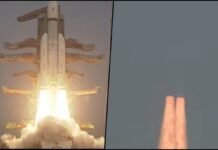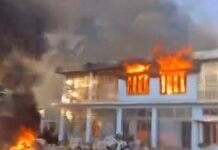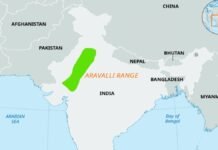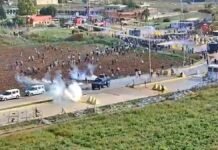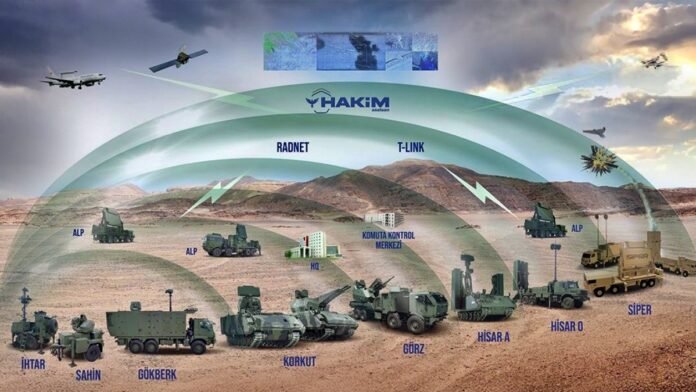
Key points
- President Recep Tayyip Erdoğan inaugurated the integrated ‘Steel Dome’ air defense architecture at Aselsan’s Ankara campus, calling it a “watershed moment” that will inspire confidence among allies and deter adversaries.
- Steel Dome is a multilayer, networked “system of systems” linking land- and sea-based interceptors with radars, electro‑optics, EW, and command‑and‑control to counter aircraft, helicopters, drones, and cruise missiles.
- Initial deliveries comprise 47 vehicles valued at about $460 million; the broader program launched in August 2024 and is being scaled alongside major new Aselsan production facilities due to start coming online by mid‑2026.
- Turkey frames Steel Dome as a step toward defense autonomy after the S‑400 purchase led to removal from the F‑35 program; the shield is meant to reduce reliance on foreign systems amid regional conflicts.
- Officials say a $1.5 billion “technology base” will more than double mass‑production capacity, positioning Turkey to meet domestic needs and export to partners in the coming decades.
Ankara: Turkey’s ‘Steel Dome’ is presented as an integrated, multilayer air defense architecture that fuses land‑ and sea‑based weapons with sensors and battle management to deliver a common air picture and coordinated intercepts. The approach mirrors the best practice of modern air defense linking short, medium, and long‑range layers and electronic warfare to handle simultaneous, diverse threats. Erdoğan emphasized that no nation can feel secure without sovereign radar and air defense technology and framed this rollout as the culmination of years of investment.
How it compares and what it includes
While publicly likened “in concept” to Israel’s Iron Dome, Steel Dome is designed as a broader umbrella that incorporates multiple tiers—short‑range guns and missiles for drones and low flyers, medium‑range systems for aircraft and cruise missiles, and higher‑tier interceptors as they mature. Turkish industry references deliveries and integration of platforms such as Korkut short‑range air defense, Hisar family (including Hisar‑O class), Siper long‑range elements, and new Alp‑series radars, alongside EW assets like Puhu/Redet and electro‑optical suites. This layered mix is intended to create overlapping engagement zones and resilient coverage across key regions and infrastructure.
Range and threat set
Open statements indicate engagement envelopes on the order of roughly 100–150 km for select interceptors and sensors within the network, suitable for countering manned aircraft, helicopters, armed UAVs/loitering munitions, and cruise missiles. The shorter layers address low‑altitude, small‑RCS targets that challenge legacy defenses, while medium/long‑range batteries expand standoff and enable distributed coverage. As with any integrated system, real‑world performance will depend on command‑and‑control latency, sensor fusion quality, engagement doctrine, and saturation resilience.
Strategic context
Following acquisition of the Russian S‑400 in 2019, Turkey was ejected from the U.S.‑led F‑35 program, prompting a deeper push for domestic air defense sovereignty. Regional dynamics Syria’s conflict environment, the war in Ukraine, and heightened Israel–Iran tensions have reinforced Ankara’s urgency to field a credible, scalable shield. Steel Dome is positioned to reduce reliance on imported systems, complement existing capabilities, and serve as a national backbone that can be upgraded with new sensors, interceptors, and AI‑enabled fusion over time.
Industrial scale‑up and timelines
Erdoğan paired the unveiling with announcements of a $1.5 billion Aselsan “technology base” and the opening/groundbreaking of multiple facilities that are expected to lift production capacity significantly by 2026. Officials highlighted 47 delivered vehicles in the latest tranche worth approximately $460 million and signaled more batches to come as testing, integration, and deployment expand. The program launched in August 2024 and is transitioning from development to incremental fielding, with operational dates for full architecture maturity to be phased.
Potential exports and partnerships
Ankara routinely signals willingness to export advanced defense systems to partner nations and has expanded its defense sales footprint in recent years. While foreign sales of Steel Dome components or tailored configurations are plausible over time, actual transfers will hinge on technical readiness, licensing, end‑use considerations, and geopolitical sensitivities. Any prospective client would likely see staged deliveries, training packages, and integration support with national command networks.
Why it matters
- Air defense in the drone/cruise‑missile era: Recent conflicts show how inexpensive UAVs and low‑flying standoff weapons can stress legacy defenses; multilayer, integrated shields are increasingly essential.
- Sovereign resilience: Domestic radars, effectors, and EW reduce vulnerability to embargoes or policy shifts and allow rapid adaptation to new threat profiles.
- Industrial leverage: The Aselsan‑led ecosystem, including partners in missiles, sensors, and C2, positions Turkey to iterate faster and compete in export markets.
What to watch next
- Live‑fire validations and joint‑service exercises demonstrating multi‑node intercepts and cross‑domain cueing.
- Integration milestones linking air force, navy, and army batteries into a seamless Recognized Air Picture with AI‑assisted targeting.
- New‑build facilities commissioning in 2026 and ramp of radar/interceptor production lines, plus disclosures on long‑range Siper variants.
- Any announced export MOUs, technology collaboration deals, or deployments to protect critical assets like energy hubs, air bases, and urban centers.
Some commentary suggests future third‑party transfers or battlefield performance comparisons; such claims often precede official confirmation and can be speculative. Where hard details (range bands, battery counts, deployment sites) are not formally released, they should be treated as indicative rather than definitive until verified in official disclosures or operational testing reports.

